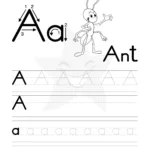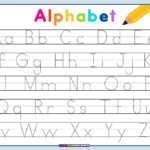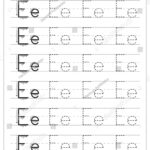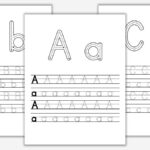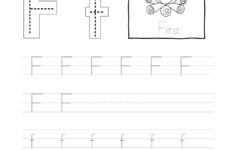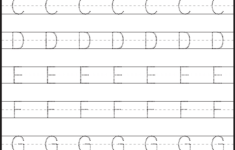Letter Tracing Worksheets | Uppercase And Lowercase Letter Tracing Worksheets – Are you ready to embark on a fun-filled adventure of mastering uppercase and lowercase letters? Tracing letters is not only an essential skill for young learners, but it can also be a joyful and engaging activity. By practicing tracing, children can enhance their fine motor skills, hand-eye coordination, and letter recognition. So, grab your favorite writing tool and let’s dive into the world of alphabet tracing!
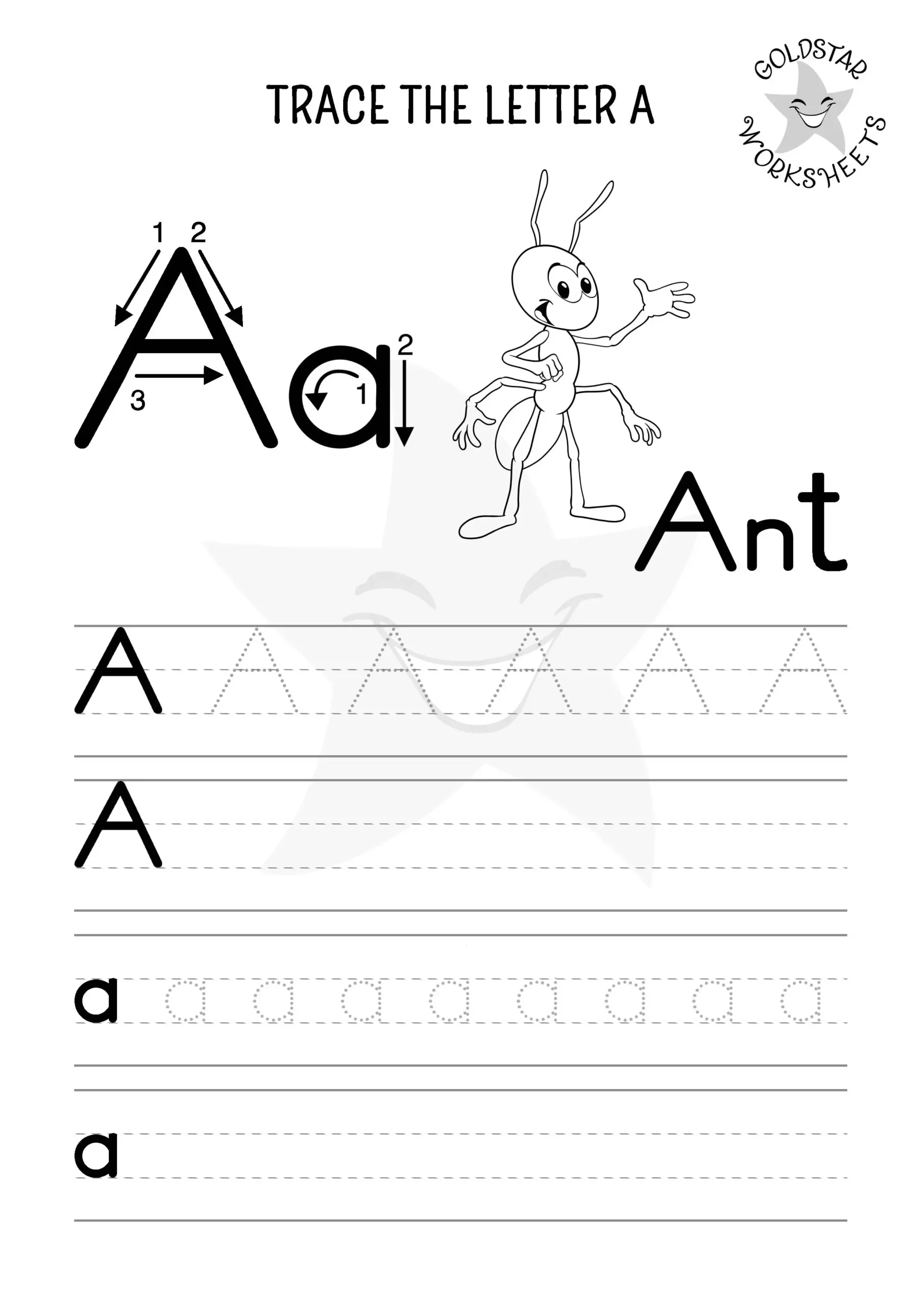
Let’s Get Tracing: Upper and Lowercase Letters!
Tracing uppercase letters is a great way for children to get familiar with the shapes and formations of each letter. From A to Z, each uppercase letter has its unique characteristics that can be explored through tracing activities. Whether it’s tracing the curves of a letter like S or the straight lines of a letter like I, children can have fun while improving their handwriting skills. By tracing uppercase letters, kids can also learn to differentiate between similar letters, such as B and D, and develop a strong foundation for future literacy skills.
Moving on to lowercase letters, tracing activities can introduce children to a whole new set of shapes and sizes. Lowercase letters often have more curves and loops than their uppercase counterparts, making them a bit more challenging to trace. However, with practice and patience, children can become confident in forming lowercase letters correctly. Tracing lowercase letters can also help children understand the relationship between uppercase and lowercase versions of the same letter, paving the way for reading and writing fluency.
Explore the ABCs with Joyful Tracing Activities!
Tracing letters doesn’t have to be a dull and monotonous task. In fact, there are numerous creative and playful ways to make alphabet tracing a delightful experience for children. From using colorful markers and crayons to tracing letters on textured surfaces like sandpaper or rice, there are endless possibilities for adding excitement to tracing activities. Children can also practice tracing letters in various sizes, fonts, and styles to keep things interesting and engaging.
Incorporating games and challenges into tracing activities can make learning the alphabet even more enjoyable. For example, children can race against the clock to see how quickly they can trace a set of letters, or they can take turns tracing letters with a partner for a fun and interactive experience. By making tracing activities entertaining and interactive, children are more likely to stay engaged and motivated to continue practicing their letter formation skills. So, get creative and let the tracing fun begin!
As children progress in their tracing skills, they can expand their alphabet knowledge by tracing words and sentences. Connecting letters to form words not only reinforces letter recognition but also helps children develop their spelling and vocabulary skills. By tracing words and sentences, children can see the practical application of letter formation in real-life contexts, making the learning process more meaningful and rewarding. So, don’t be afraid to challenge your little learners to trace beyond individual letters and explore the wonders of language through tracing fun!
Mastering uppercase and lowercase letters through tracing activities can be a joyful and enriching experience for children. By engaging in creative and interactive tracing exercises, children can enhance their fine motor skills, hand-eye coordination, and letter recognition. So, let’s celebrate the beauty of the alphabet and embrace the fun of tracing uppercase and lowercase letters together! Remember, with a little practice and a lot of enthusiasm, mastering the ABCs can be a delightful journey full of discovery and growth. Happy tracing!
Uppercase And Lowercase Letter Tracing Worksheets

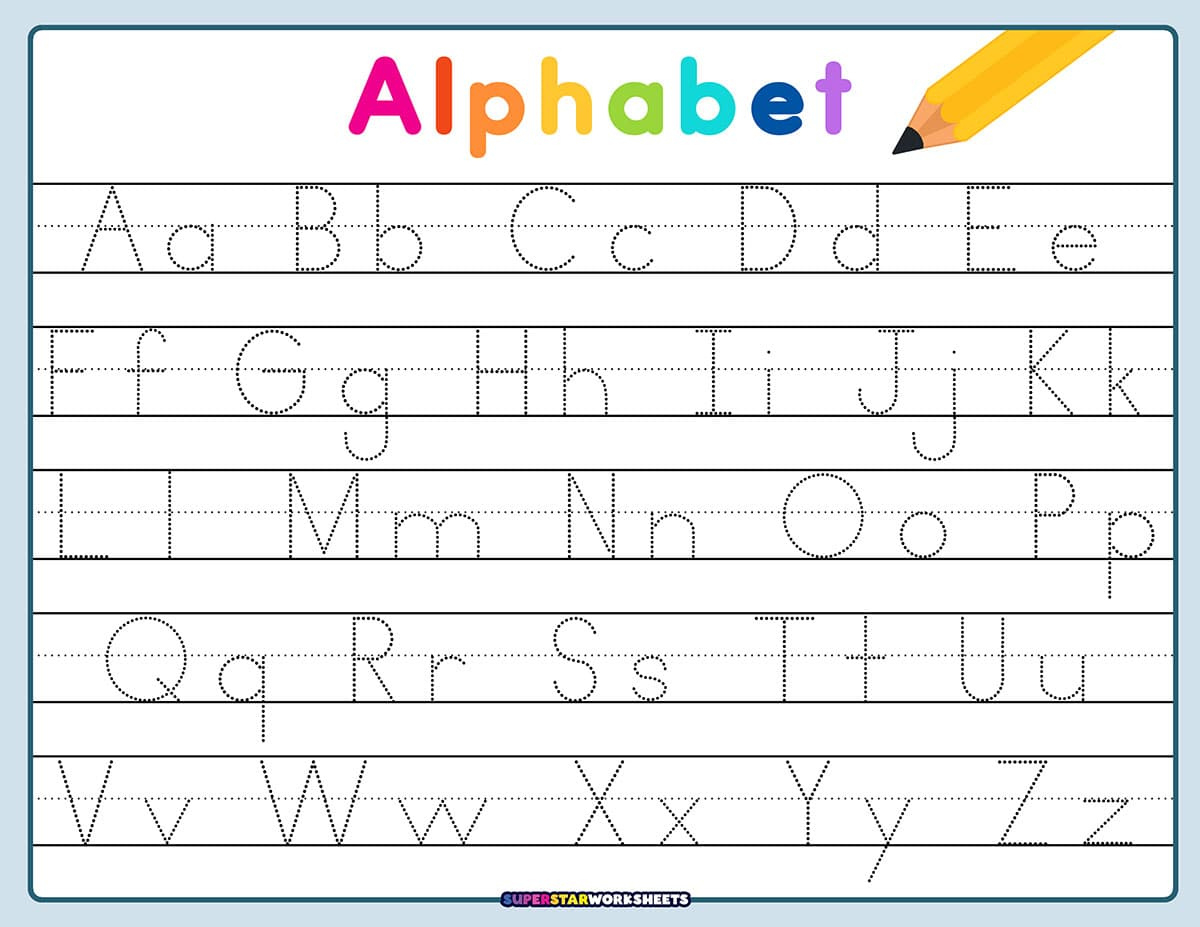
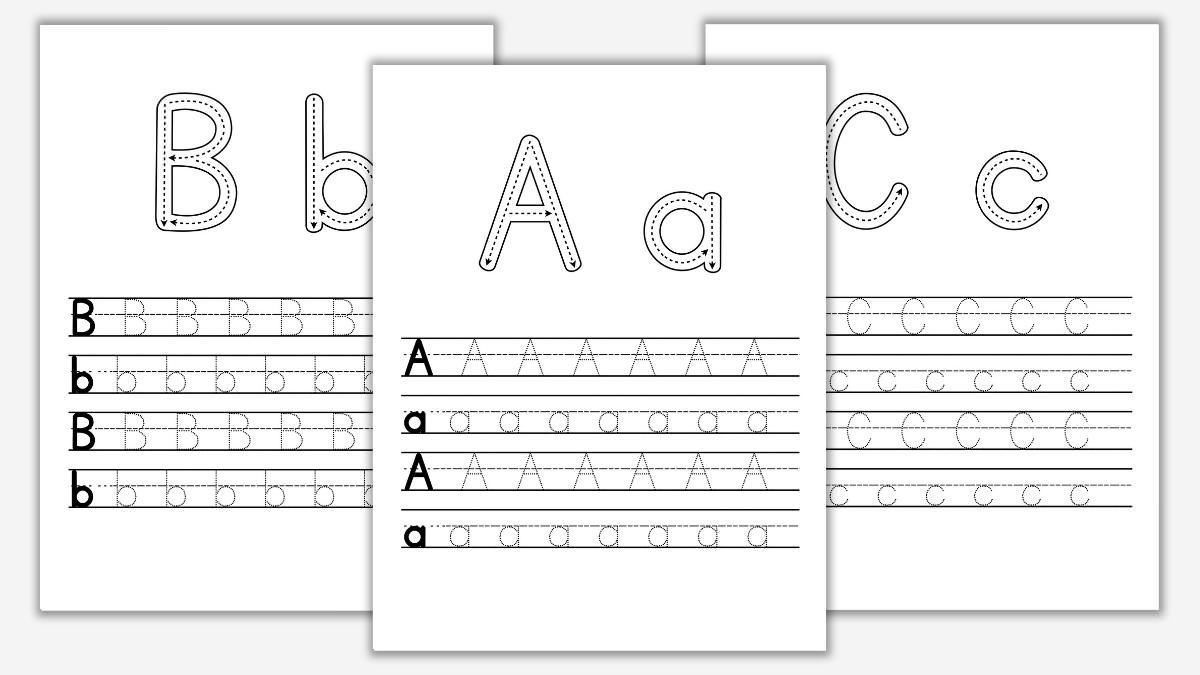
Letter Tracing Worksheets…
Copyright Disclaimer: We do not own the images displayed here; they belong to their copyright holders. For concerns, contact us for attribution or removal.
